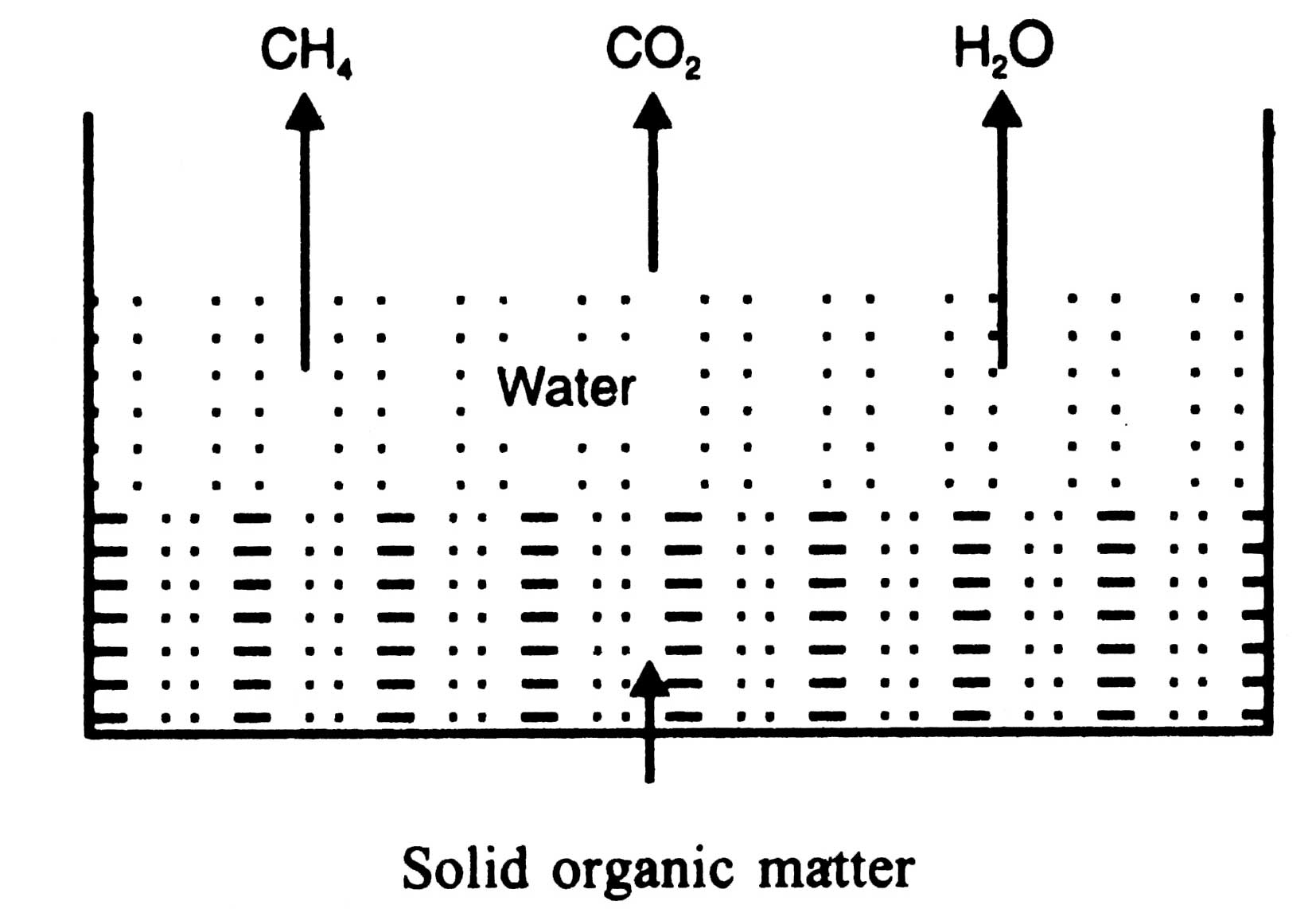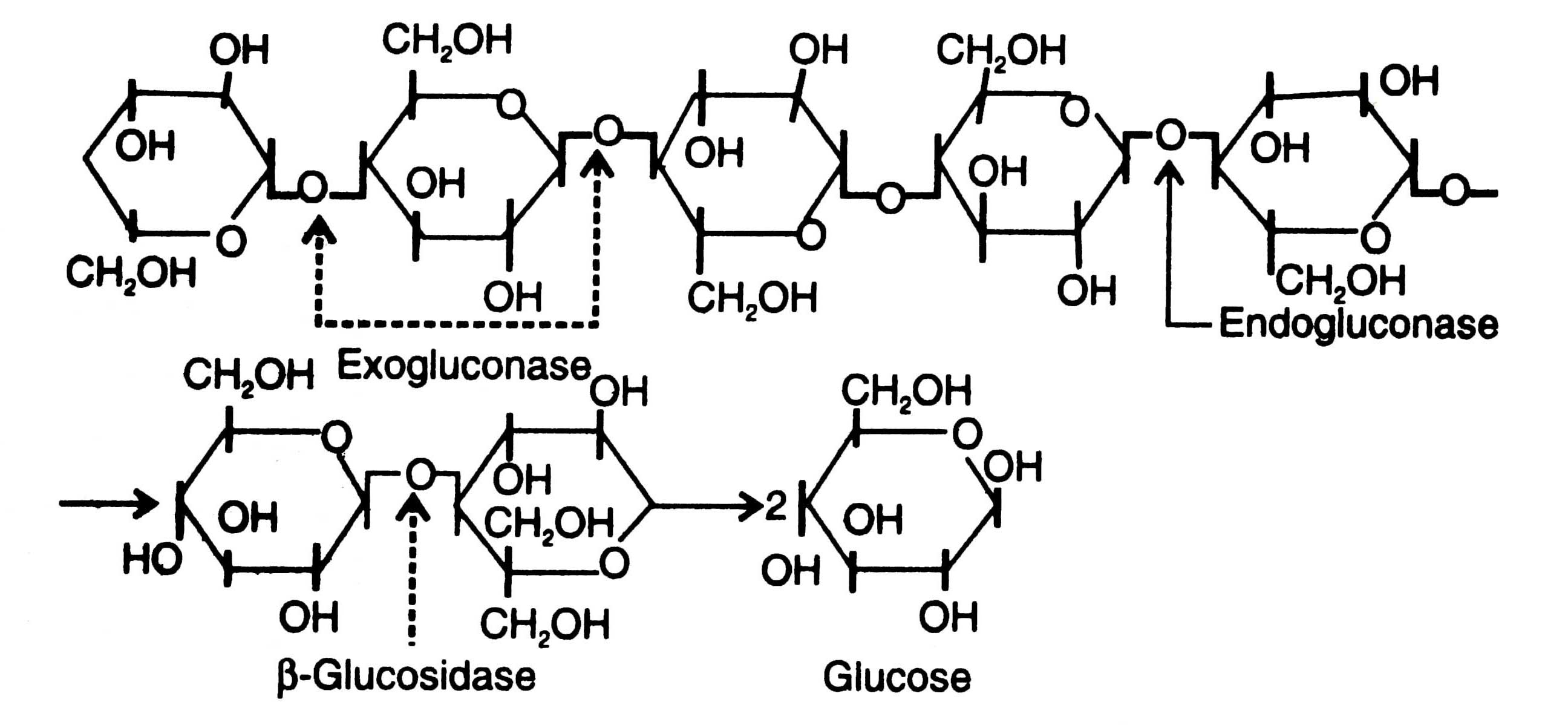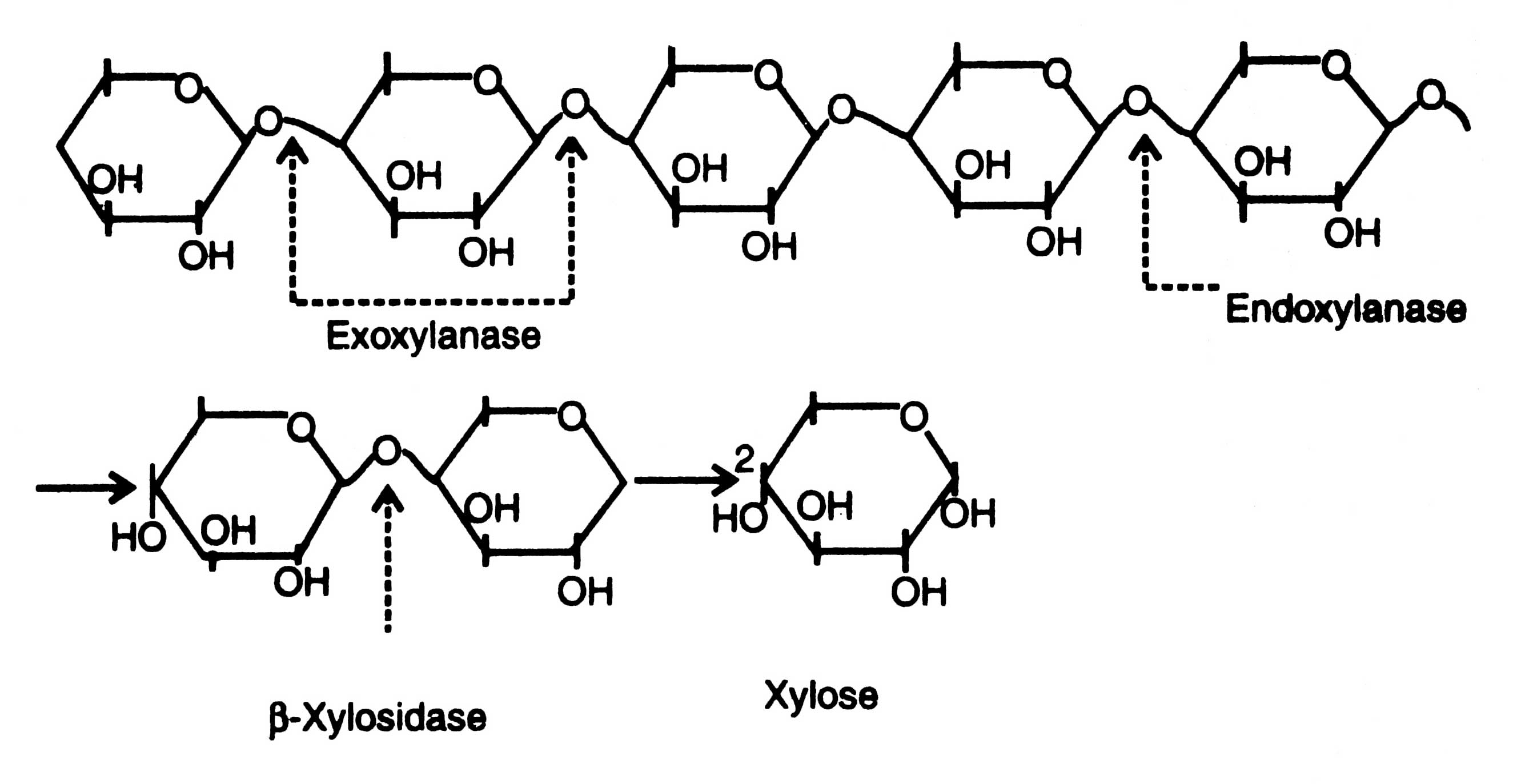Biomass Conversion
The Non-Biological Process (Thermo-chemical Process)
There are different non-biological routes for biomass conversion into energy viz. direct combustion, gasification, pyrolysis and liquefaction.
Direct Combustion
Biomass from plants (wood, agricultural wastes) or animal (cow dung) origin are directly burnt for cooking and other purposes. In recent years "hog fuel" production technology has been developed which is being utilized for generation of electricity.
Now-a-days municipal, agricultural and light industrial wastes are used for conversion into energy by direct burning in refuse fired energy systems (Ghosh and Bisaria, 1981).
Hog Fuel : The mixture of wood and bark waste burnt directly is collectively termed as 'hog fuel' (Jahn, 1982). Hog fuel combustion technology has been developed recently in the U.S.A. This fuel is produced in large sized boilers made up of steel. Boilers are designed time to time to develop a good control system of combustion. In the U.S.A. a boiler has been modified by increasing the size from 15,000 lb/h to 500,000 lb/h with certain other improvements. In the U.S.A. a cogeneration technology has been developed to generate electricity from hog fuel, and to use the exhaust heat in the form of process steam for manufacturing operations.
Pyrolysis
Pyrolysis is defined as the destructive distillation or decomposition of organic matter, for example, solid residues, wastes (saw dust, wood chips, wood pieces) in an oxygen-deficient atmosphere or in absence of oxygen at high temperature (200-500°C or rarely 900°C). Products of pyrolysis are gases, organic liquids and chars, depending on the pyrolysis process and temperature of reaction. The condensable liquids separate into aqueous (pyroligneous acid), oil and tar fraction (if the substrate is wood). The composition of gas is carbon monoxide (28-33 per cent), methane (3-5-18 per cent), higher hydrocarbons (1-3 per cent) and hydrogen (1-3 per cent). During pyrolysis, hydrogen content of gas increases with increasing the temperature (Jahn, 1982).
Wilson et al, (1978) have described a mobile system for pyrolysis. The unit can move from one place to another and process the waste materials generated from various sources. This system will reduce the transportation cost of wastes/residues. Energy transported as coal and oil would be about 2.8 times greater than transporting the wet wood waste.
Gasification
Gasification is a process of thermal degradation of carbonaceous material under controlled amount of air or pure oxygen, and high temperature up to around l,000°C. As a result of gasification, high amount of gases is produced. Gasification of biomass is done in a gasifier designed in various ways. Success for gasification process is based on its designing.
Therefore, the design of a gasifier is an important factor in controlling gas quality. Gas is used in a controlled manner for irrigation, pumping and electricity generation. The advantages of gasification of wood over coal are: (i) much low oxygen requirements, (ii) practically no steam requirements, (iii) low cost for changing H2/CO2 ratios which are high in wood gas, and (iv) no or very little desulfurization cost (Goldstein, 1980).
A seminar on biomass gasification technology was held in September, 1990 in Bombay, which was organized by the Department of Non-conventional Energy Sources (DNES). It was hoped that the sustained ability of biomass would go a long way in helping to use for irrigation in the country, with the "thermal biomass gasification plants". At present there are 400 gasifiers in the country, based on using waste wood. A few pilot gasifier plants, using non-wood biomass, have also been designed. For gasification purpose, wood wastes from agriculture, Pharmaceuticals, coconut coir, saw dust and tree-trimings are used. Efficiency of thermal conversion of wood to gases is 60-80 per cent (Jahn, 1982).
Three to five kilograms of biomass per hour is needed for generating power for an hour. In a year it has to run for at least 15,000 hours for which 6 tonnes of biomass is required. Therefore, it is very essential to make sure that the biomass is continuously available. Recently, United Nations Department Programme (UNDP) has recognized the India's five H.P. gasifiers as the best ones.
Liquefaction
Liquefaction involves the production of oils for energy from wood or agriculture and carbon residues by reacting them with carbon monoxide and water/steam at high pressure (4,000 lb/in2) and temperature (350-400°C) in the presence of catalysts. By this method about 40-50 per cent oil can be obtained from wood. This oil serves a good source of fuel (Jahn 1982).
Bioconversion involves the conversion of organic materials into energy, fertilizer, food and chemicals through biological agency. The term biological agents means the microorganisms i.e. bacteria, actinomycetes, fungi and algae. In broad sense bioconversion involves 2 steps : photosynthetic production of biomass, and its subsequent conversion into more useful energy forms (gaseous, liquid or solid fuel; heat and electricity) (Khoshoo, 1988).
Ghosh (1980) has estimated that the average production of waste materials in India is about 1,540 x 106 tonnes/year. Process of bioconversion of biomass into various utilizable forms are briefly discussed.
Enzymatic Digestion
This process involves the conversion of cellulosic and lignocellulosic materials into alcohols, acids and animal feeds by using microbial enzyme e.g. cellulose, hemicellulase, amylase, pectinase, etc.
(A) Degradation of Cellulose : It is clear that cellulose is a polymer of 6- 1,4 linked anhydrous glucose units, comprising of 40-60 per cent of cell wall materials of plants. Microorganisms, which produce cellulases and other enzymes in high amount are given in Table 17.1. In recent years, Cellulomonas, Trichoderma reesei, T. viride and other microorganisms are used for the production of cellulases in high amount.
There are 3 enzyme components of cellulase : b-1, 4-endoglucanase, b-1, 4-exoglucanase and b-1, 4-glucosidase. b-1, 4-endoglucanase randomly attacks along cellulose chain; b-1, 4-exogiucanase splits from non-reducing end of cellulose and b-1, 4-glucosidase i.e. cellobiase cleaves 2 molecules of glucose from cellobiose (Fig. 19.6). Ramasamy (1980) has presented the following sequence of cellulose degradation.
(B) Degradation of Hemicellulose : Sugars constituting hemicellulose are discussed under Composition of biomass. An analogous system of enzymes is involved in the degradation of hemicellulose. This enzyme-system consists of 3 enzymes : exoxylanase endoxylanase and b-xylosidase (which split xylose and other short chain xylobioses). Steps of hemicellulose break down are given in Fig. 19.7.
An aerobic digestion is a partial conversion by microorganisms of organic substrates into gases in the absence of air. The gases produced are collectively known as 'biogas'.
Anaerobic digestion is accomplished in 3 stages: solubilization (of complex substrates by enzymes into simple forms i.e. fatty acid, sugars, amino acids), fermentation (of hydrolyzed organic substrates into simplest forms e.g. organic acids) and methanogenesis (production of methane from simple substrates by methanogenic bacteria under anaerobic conditions). Anaerobic digestion is carried out in a digester, which is a brick-lined or concrete-lined chamber covered completely to prevent the entry of air. A detailed account of biogas production is given elsewhere (see Alcohols : the liquid fuel).

Fig. 19.8. Diagram of lagoonification showing evolution of gases after anaerobic decomposition of organic matter by benthic bacteria.
In contrast, a lagoon is a pond, lined with concrete or other water-proof material and open to the atmosphere. Waste materials move slowly into the lagoon and solid matter settles at bottom. Lagoonification is the anaerobic digestion process, used for treatment of high moisture material, as a result of evolution of methane and CO2. Microbial reactions evolving gases are same as in anaerobic digestion (Fig. 19.8). Microbial activity is high at suitable temperature (29--35°C) and, therefore, the rate of evolution of gases is also high as compared with low and high extremes of temperature.
Aerobic Digestion







